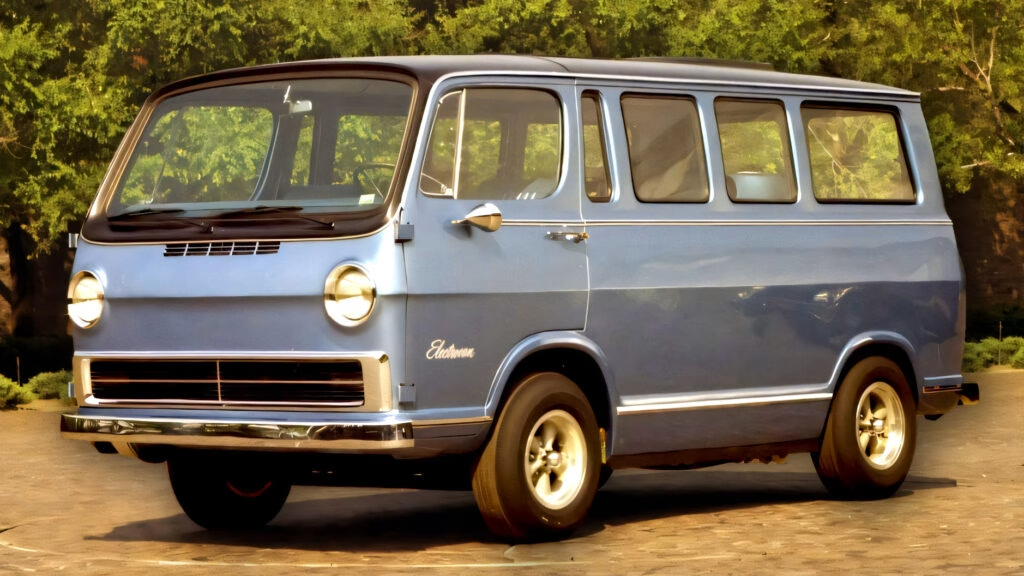GM’s Journey with Hydrogen Fuel Cells: A Blast from the Past
When you think of hydrogen fuel cells, you might picture sleek, futuristic vehicles gliding silently down the road. But did you know that General Motors (GM) has been exploring this technology since the 1960s? While NASA was busy using fuel cells to power Apollo missions, GM was experimenting with hydrogen power right here on Earth. Let’s dive into this fascinating history and see how it shapes the future of automotive technology.
How Did GM Start with Hydrogen Fuel Cells?
GM’s foray into hydrogen fuel cells began during a time when electric batteries were still in their infancy. In the 1960s, the company created a prototype fuel cell system for a van, known as the Electrovan. This wasn’t just a casual experiment; it was a serious attempt to harness hydrogen as a viable energy source for vehicles. At the same time, NASA was using fuel cells to generate electricity for their missions, showcasing the technology’s potential.
The Electrovan was a unique project. GM collaborated with Union Carbide to develop a fuel cell system that was, unfortunately, too large for a standard vehicle. This led to the transformation of a Handi-Bus into a two-seater, as the bulky hydrogen and oxygen tanks took up most of the space. Imagine that—a van designed for passengers turned into a two-seater just to accommodate the technology!
What Were the Challenges of the Electrovan?
The challenges GM faced with the Electrovan were significant. The fuel cell system weighed in at a staggering 7,100 pounds, with nearly half of that weight attributed to the fuel cell equipment alone. Performance was predictably poor; the van took around 30 seconds to go from zero to 60 mph. While GM estimated a range of about 150 miles, they never tested it publicly due to safety concerns. One test resulted in an explosion that sent debris flying a quarter mile away, a clear indication that the technology was still in its infancy.
Despite these setbacks, the Electrovan served its purpose as a test project. GM never intended to mass-produce it, but it laid the groundwork for future advancements in fuel cell technology. The project demonstrated that a fuel-cell vehicle could function, paving the way for more compact and efficient designs that would eventually use ambient air for oxygen, rather than relying on cumbersome tanks.
What’s Next for GM and Hydrogen Technology?
Fast forward nearly 60 years, and GM is still committed to hydrogen fuel cell technology. The company believes that its Hydrotec fuel cell cubes are particularly suited for larger commercial vehicles, such as mining trucks, where the weight of batteries could be a disadvantage. In contrast, lighter passenger vehicles, trucks, and SUVs are seen as better candidates for battery electric vehicles (BEVs).
This dual approach reflects a broader trend in the automotive industry, where companies are exploring various energy solutions to meet diverse transportation needs. As the world shifts towards greener technologies, GM’s early experiments with hydrogen fuel cells may prove to be more relevant than ever.
The big takeaway? GM’s journey with hydrogen fuel cells isn’t just about looking back at past experiments—it’s about understanding how those early efforts can inform the future of transportation. Whether it’s through hydrogen or electric batteries, the goal is clear: to create cleaner, more efficient vehicles for everyone. So, as we move forward, keep an eye on how these technologies evolve; the next big breakthrough might just be around the corner.

